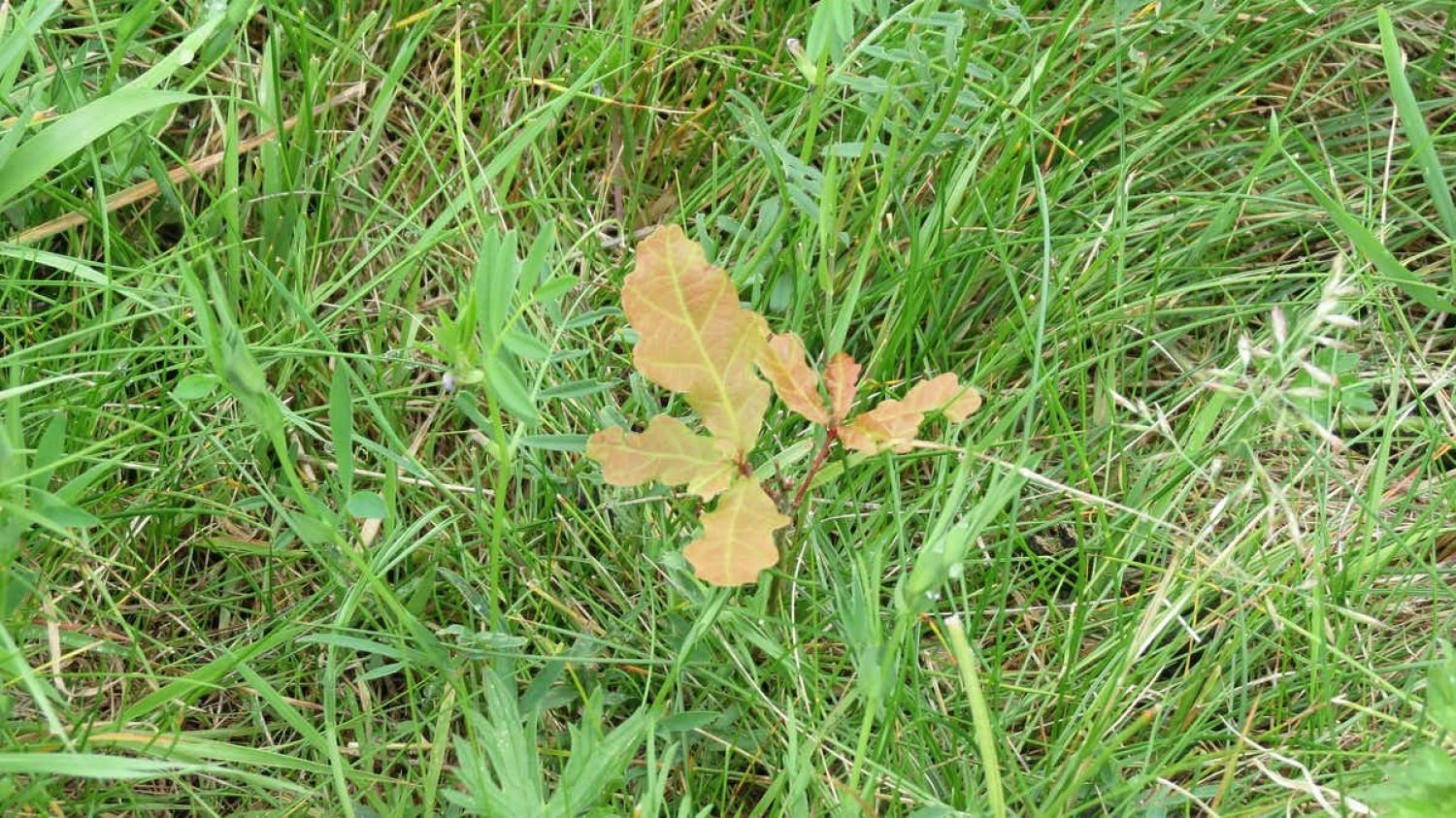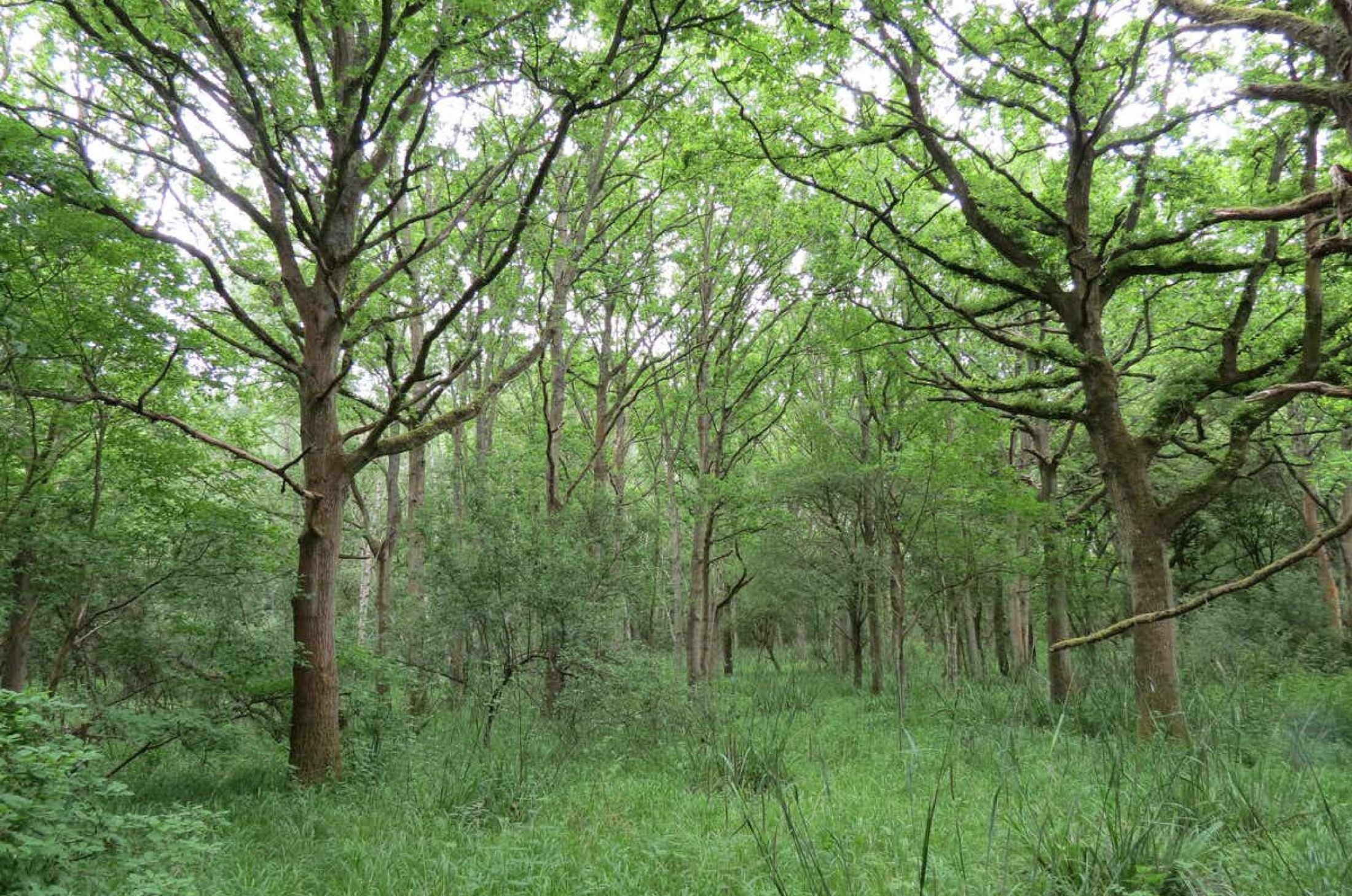Do nothing to a site for 60 years, and see how powerfully nature overwhelms it. Lessons from the Monks Wood Wilderness
The Monks Wood Wilderness field in the 1960s (left) and 2014 (right). Image: UK Centre for Ecology & Hydrology
Will rewilding work, as a means of preserving and restoring biodiversity to environments? Positive News reports on an inadvertent 60 years experiment which shows amazing results, in a context.
The Monks Wood Wilderness experiment began when its director wrote this note in 1961, as an agricultural field next to an ecological test centre fell into disuse.s “It might be interesting to watch what happens to this area if man does not interfere. Will it become a wood again, how long will it take, which species will be in it?”
That’s exactly what happened - and the result is startling. As PN reports:
Within 40 to 50 years, the ploughed field became a closed canopy woodland with almost 400 trees per hectare. And as the canopy grows taller, more plant and animal species are arriving, such as marsh tits and purple hairstreak butterflies – mature woodland specialists that have made a home here as the habitat gradually converges with the ancient woodland nearby.
Some pictures from the Wilderness below:



The Wilderness has much to contribute to re-greening policy in the UK:
…There are many woods in the UK that could expand by allowing adjacent fields to return to nature. This would eventually add up to a significant increase in total woodland cover.
The UK is one of the least forested places in Europe, with just 13 per cent forest cover compared to an average of 38 per cent across the EU. Only half of the UK’s forest is native woodland, which sustains a wide variety of indigenous species. The rest is dominated by non-native conifer plantations grown for timber.
This situation is gradually changing. The UK government aims to create 30,000 hectares of new woodland each year until 2025, providing new habitat for wildlife and helping reach net zero emissions, as woodland stores more carbon than any other habitat except peatlands.
With the climate and biodiversity crises getting worse each day, there’s an urgent need to expand woodland fast. But how? Tree planting is the usual approach, but it’s costly. Saplings also have to be grown, transported, planted and protected with fencing and plastic tubes – that’s a lot of carbon emissions and potential plastic pollution, as tubes break down into the soil.
What about doing virtually nothing instead? Natural regeneration involves creating woodlands by allowing trees and shrubs to plant themselves under natural processes. It’s free and involves no plastic or nursery-grown saplings, which can introduce diseases. The result is woodland that’s well adapted to local conditions.
Allowing the land to naturally regenerate sounds exciting, but planners and ecologists need to know where this approach is likely to work best. How abandoned land turns into woodland is rarely documented, as it usually happens where people have walked away.
The Monks Wood Wilderness fills in this gap in our knowledge as an example of planned natural regeneration that has been monitored over decades, with a second two-hectare field (named the New Wilderness) added in 1996 to expand the experiment.
And to conclude on a startling image from Twitter…

